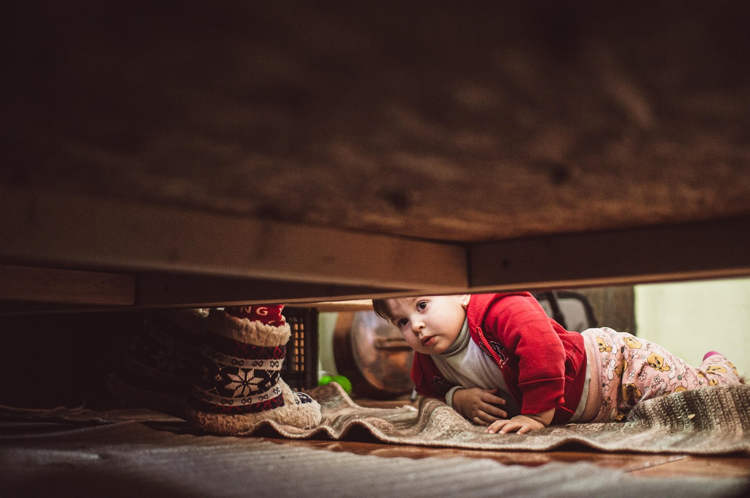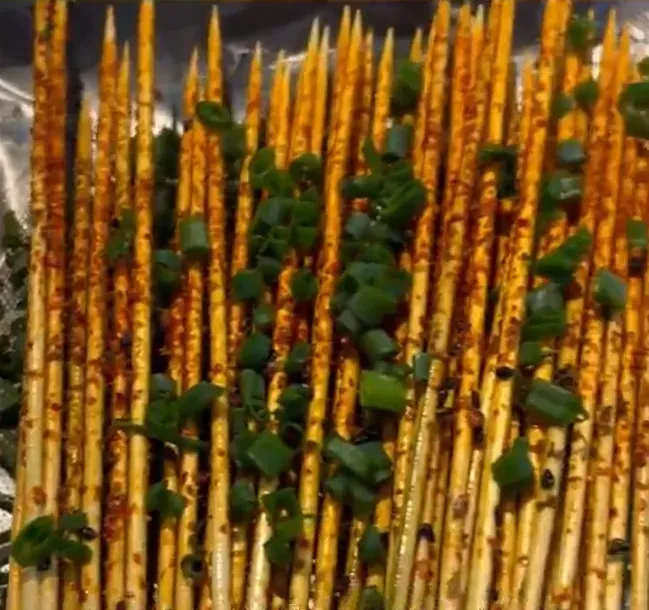Located in the strange UFO-like DBKU building, in Kuching, the Cat Museum is the perfect tourist attraction for cat lovers interested in anything and everything feline.
The Malaysian city of Kuching translates as The Cat City, so it makes perfect sense it have its very own cat museum, especially since many Malaysians believe cats bring good luck. The Cat Museum, along with dozens of cat statues around Kuching were erected in celebration of the city’s name, and the important role cats play in the every day life of the locals. It was inaugurated in 1993, and has since then become a favorite destination of cat lovers all over the world.
The Cat Museum of Kuching features over 2,000 feline related items, but it’s much more than just a collection of artifacts – it’s also a research center that focuses on the history and various beliefs surrounding cats. Among the most impressive displays are a mummified Egyptian cat dating back to 3500 BC, and the only stuffed specimen of the world’s rarest cat, Felis badia, which lives in the jungles of Borneo. There are also plenty of cat statues made by various cultures, cat photos, posters and even stamps for cat loving philatelists or morbid cat burial scenes.
Believed to be the only one of its kind in the world, the Kuching Cat Museum offers plenty of valuable information into the history of cats and their part in human life, and is a must-visit attraction for cat enthusiasts everywhere.





















